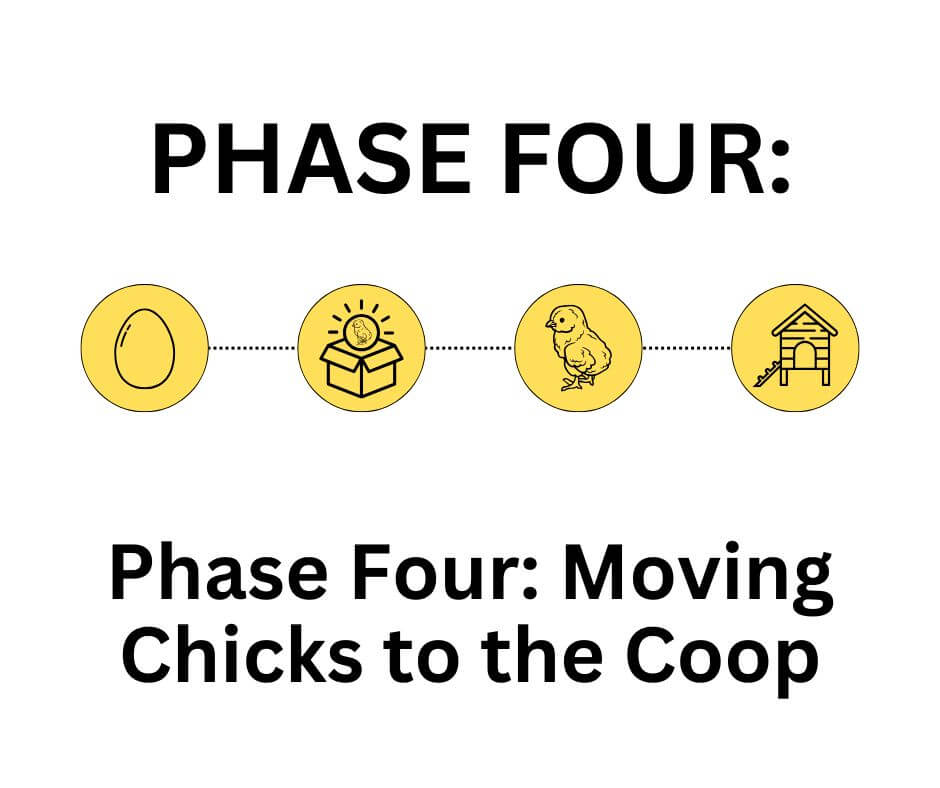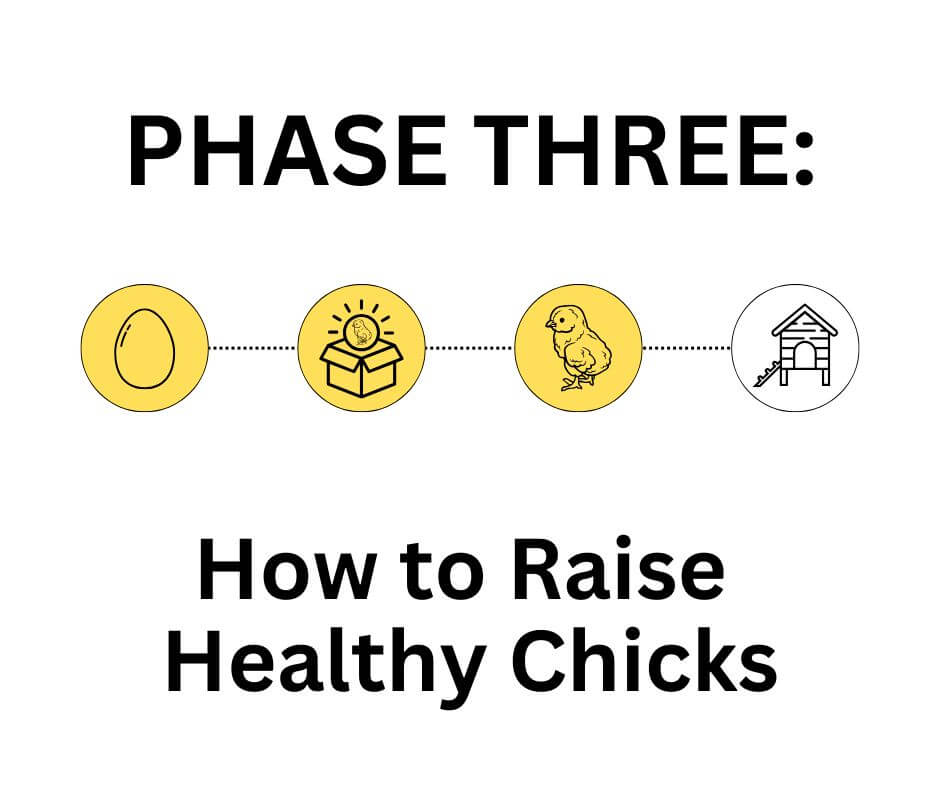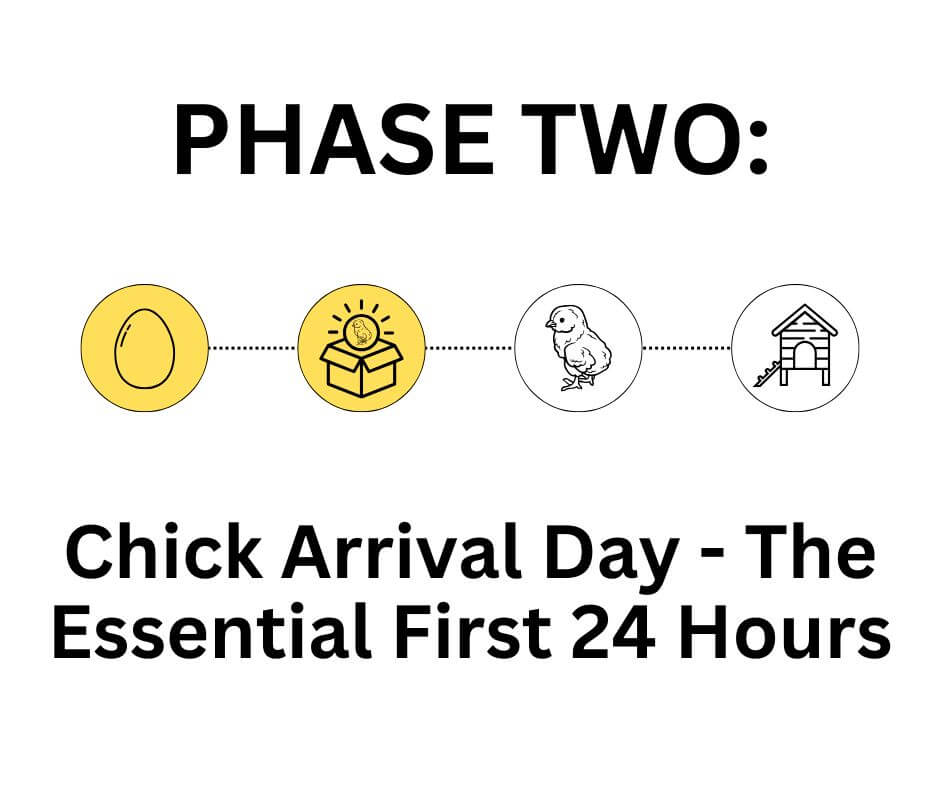Table of Contents
Choosing the Best Chicken Breed & Getting Ready for Arrival  Phase 1: Now comes the fun, selecting your flock!
Phase 1: Now comes the fun, selecting your flock!
There are an unbelievable amount of chicken breeds - in fact there are thousands of breeds worldwide, and the exact number is unknown. Because there are far too many to list, we will share our choice in the "best chicken breed" within three categories: High-Yield Hens, Family-Friendly, and Easter Eggers/Eye-Catchers. High-Yield Hens are your egg-laying champions, tirelessly providing a steady stream of eggs to keep your kitchen stocked. Family-Friendly breeds are celebrated for their gentle, easygoing personalities, making them perfect companions for your backyard flock and a hit with kids. Then there are the Easter Eggers/Eye-Catchers, some famous for their appearance and fluffy plumagem, while some listed are also known for laying vibrant, colorful eggs, adding a touch of beauty and fun to your flock.
You may want to focus on one category or find a good mix of both, there is no wrong answer! The important thing to consider is what characteristics are more important to you, and what breeds are best for the climate you live in. Some birds are hardy and can handle harsh winters, while others prefer the warmer weather. So, here is our list of breeds to consider, depending on what you are looking for. We do want to note there are some breeds that fit multiple categories - a win, win!
High-Yield Hens: Rhode Island Red, Leghorn, Plymouth Rock, ISA Brown, Australorp
Family-Friendly Chickens: Buff Orpington, Cochin, Australorp, Wyandotte, Sussex, Brahma, Faverolle
Easter Eggers/Eye Catchers: Easter Egger, Cream Legbar, Polish, Silkie, Frizzle
In the end, whether you're looking for a reliable egg producer, a friendly companion, or a head-turning beauty, the best chicken breed is different for everyone—and the choice is yours to make based on what fits your flock and lifestyle best. Choosing your chicks is your first step toward a uniquely rewarding chicken-raising adventure!
Ordering Your Chicks – Choosing the Right Breeder
Find A Local Partner
If you have a reputable local hatchery nearby, that’s your best bet! Visiting a local breeder means you can see the chicks up close, ask questions in person, and build a direct connection. Plus, supporting local businesses always feels good—and it might even help you avoid some of the shipping hassles.
Order Online (With Us)
Not near a hatchery? No worries! We offer a wide selection of live Baby Chicks (along with ducks and turkeys) right on our website. Our birds are 100% guaranteed to arrive healthy, and our Award Winning Breed Selector tool can help you pinpoint the perfect birds for your flock. We’re here to make sure your start in chicken-raising is as smooth and enjoyable as possible. If you’re ready to get started, you can decide the best chicken breed for your flock, and order your chicks here!
Tips for Choosing A Hatchery
If you decide to explore other hatcheries, look for these key features:
Great Reviews: Check feedback from other poultry enthusiasts to ensure you’re choosing a reputable breeder.
Healthy Chicks: A good hatchery emphasizes the well-being of their birds from the start.
Clear Shipping Policies: Understand their procedures, especially since shipping can be stressful for chicks. Remember, spring and early summer are the best times for shipments.
Live Arrival Guarantees: Even with the best care, a few losses might occur during shipping. Many reputable hatcheries include extra chicks just in case.
Additional Considerations
Sexed vs. Straight-Run Chicks: Decide whether you prefer mostly females (pullets) or a mix of genders. If you’re not a fan of roosters, opt for sexed pullets, which are about 90% accurate.
Shipping Costs and Timing: Keep in mind that the USPS has added a $15 surcharge on all live animal shipments, which we’ve already included in our prices. Planning your order for warmer months will help ensure a safe journey for your new flock.
No matter which path you choose—local or online, our site or another trusted hatchery—remember that selecting the best chicken breed starts with finding the right breeder sets the stage for a healthy, happy flock. Happy ordering, and welcome to the exciting world of chicken-raising!
Prepping for Chick Arrival – Setting Up Their New Home
Your chicks are on the way, and preparing a safe, comfortable space is essential for a smooth transition. Below are the key components to set up an ideal environment:
Set Up the Brooder:
The brooder serves as a secure, warm haven where your chicks will live during their first few weeks. Use an enclosure that provides at least 2 square feet per chick to avoid overcrowding. A proper brooder creates a stress-free space where your chicks can thrive.Temperature Control & Heat Source:
Start with a temperature of 95°F during the first week, and decrease it by about 5°F each subsequent week. A reliable heat source—whether a brooder plate or heat lamp—is critical to maintaining a consistent temperature. Correct heat management prevents cold stress and supports healthy development.Bedding & Hygiene:
Opt for absorbent bedding such as pine shavings or paper towels that are easy to clean. A clean brooder reduces the risk of disease and stress. Regular bedding changes and upkeep create a hygienic environment conducive to your chicks’ well-being.Feeding & Watering Setup:
Ensure that you have a chick feeder and waterer in place before your chicks arrive. Starter feed should be readily available to provide essential nutrients from day one. A well-organized feeding station helps your chicks settle in quickly and minimizes early stress.Creating a Safe Environment:
Place the brooder in a draft-free area, away from pets and high-traffic zones, to keep your chicks calm and secure. Secure your heat source to prevent fire hazards, and consider using timers or thermostats for steady temperature regulation. A well-planned setup safeguards your chicks as they adjust to their new home.
With your brooder all set up and ready to welcome your new chicks, the next step is making sure their arrival goes as smoothly as possible—let’s dive into what to expect on arrival day and how to help your new feathered friends settle in comfortably.
Phase Two: Chick Arrival Day - The Essential First 24 Hours
FAQs
When should I order chicks?
The best time to order chicks is in the spring, when temperatures are milder and conditions are ideal for safe shipping and healthy growth. Warmer weather reduces the risk of chicks getting too cold during transit and makes it easier to manage brooder temperatures at home. Ordering early in the season also ensures the best selection of breeds from hatcheries.
Do I need to have a rooster for eggs?
Nope! Hens will lay eggs without the presence of a rooster. However, if you want to hatch fertile eggs or grow your flock naturally, a rooster is necessary. Keep in mind that roosters can be noisy and sometimes aggressive, so many backyard chicken keepers opt for a hen-only flock if egg production is the main goal.
How many chicks should I start with?
For beginners, a small flock of 6-10 hens is ideal. Chickens are social animals and thrive in groups, so starting with at least 3-4 chicks ensures they have companionship. A flock of 6-10 hens can provide a steady supply of eggs while still being manageable in a backyard setting. Always check local regulations, as some areas have limits on flock sizes.
When will my hens start laying?
Most hens begin laying eggs between 18-22 weeks old, depending on the breed. Larger or slower-maturing breeds, like Orpingtons or Brahmas, may take a bit longer, while smaller or high-production breeds, like Leghorns, may start sooner. As hens approach laying age, you’ll notice signs like squatting behavior, increased time near nesting boxes, and larger, redder combs.
Can chickens and pets get along?
Yes, chickens and pets like dogs and cats can coexist peacefully, but it’s important to introduce them slowly and carefully. Always supervise initial interactions and make sure your pet understands that the chickens are not toys or prey. Some dog breeds with high prey drives may need extra training. Over time, many pets learn to coexist with chickens without issue, especially when early introductions are handled calmly and consistently.



 Phase 1: Now comes the fun, selecting your flock!
Phase 1: Now comes the fun, selecting your flock!



